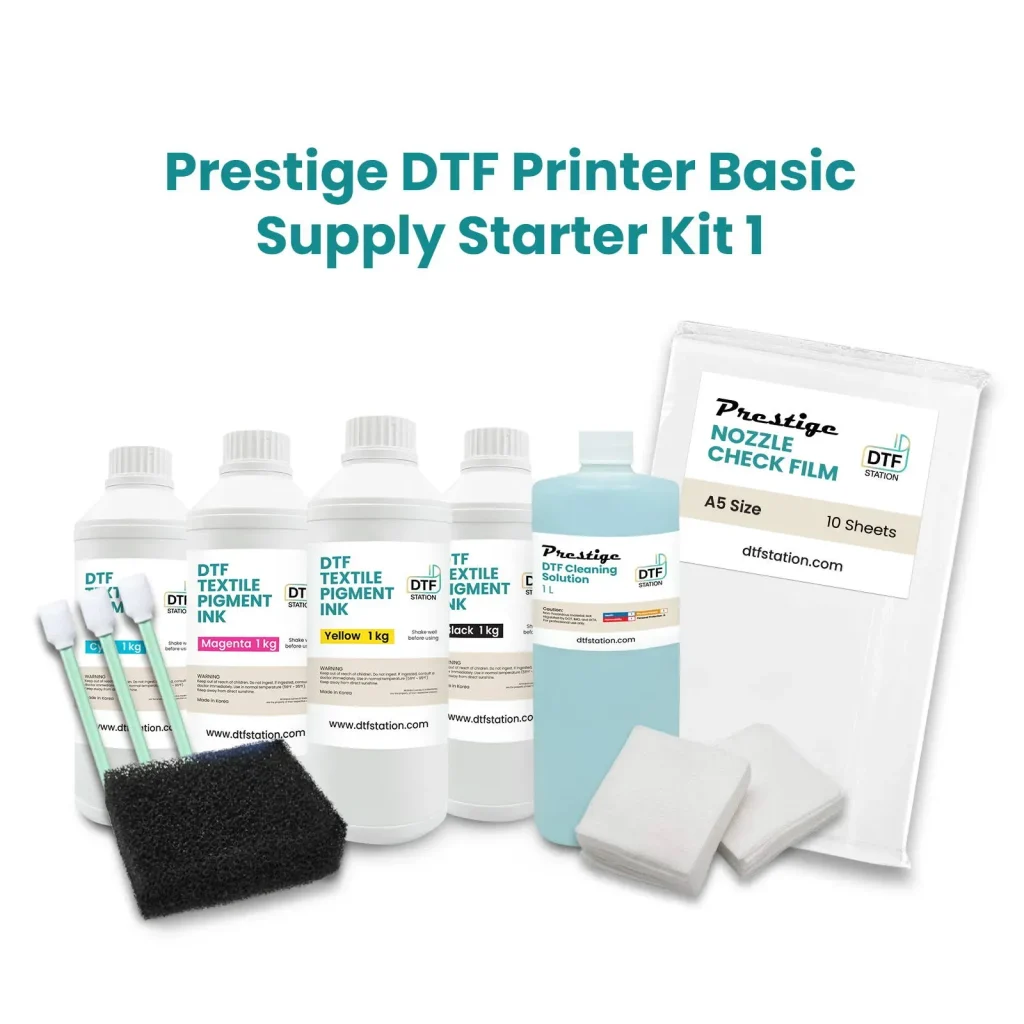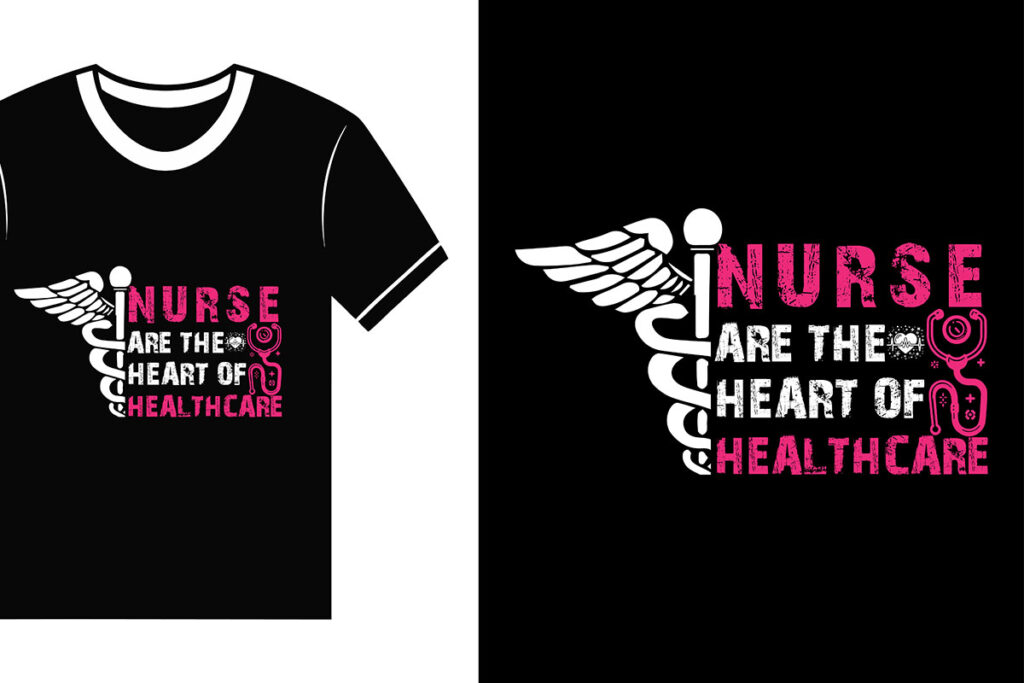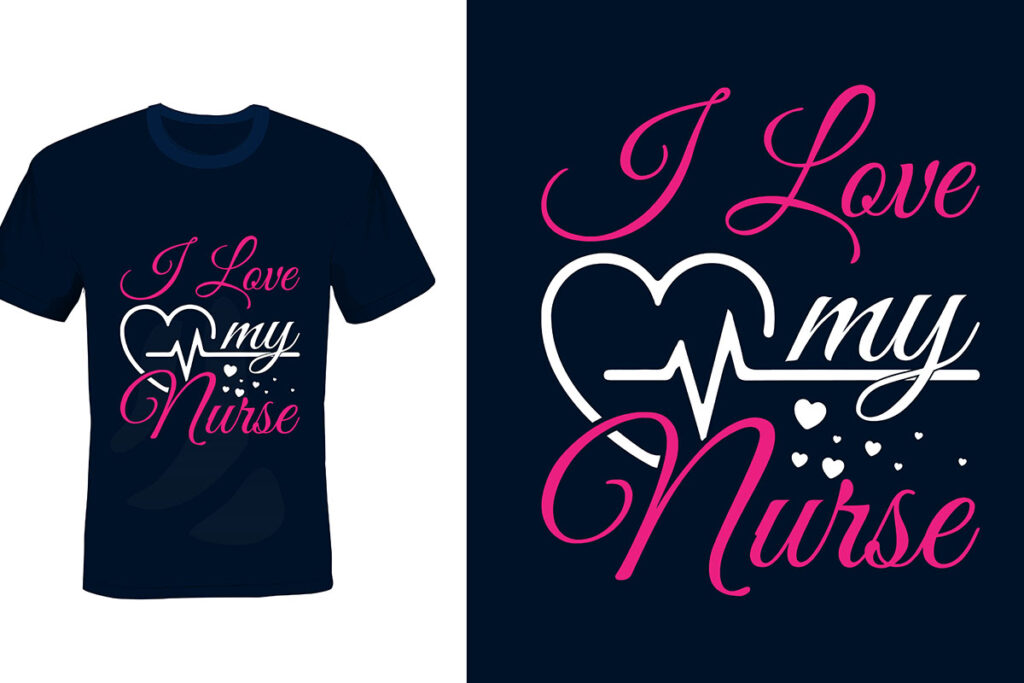DTF supplies are revolutionizing the fabric printing landscape, making it easier than ever for artists and entrepreneurs to create stunning designs. This cutting-edge technique, known as Direct to Film (DTF) printing, allows for high-quality, vibrant prints on a variety of textiles, appealing to hobbyists and businesses alike. In this ultimate guide, we will introduce you to the essential DTF printing equipment and materials you’ll need to embark on your creative journey. From understanding how to start DTF printing to discovering the best DTF supplies available, this resource will ensure you’re well-prepared. Join us as we explore the exciting possibilities that DTF printing brings to the world of custom apparel!
Delving into the realm of fabric decoration, Direct to Film (DTF) printing offers a modern twist on traditional textile printing methods. This innovative approach enables designs to be transferred with remarkable clarity onto a myriad of fabrics, making it popular among both beginners and seasoned professionals. Essential items for this process include specialized printing equipment, unique inks, and transfer films that contribute to vibrant and durable results. If you’re eager to learn about the optimal tools for starting your journey in digital textile printing, understanding the processes involved can significantly enhance your crafting experience. By focusing on the right materials and techniques, you can ensure impressive outcomes and increase your creative potential.
The Basics of DTF Printing and Its Advantages
Direct to Film (DTF) printing is quickly becoming a sought-after method in the textile printing sector. This modern technique not only allows for high-definition prints but also boasts an impressive capacity to handle complex designs. Unlike conventional printing methods that often rely on screen exposure or set color palettes, DTF printing directly transfers vibrant ink designs onto a special film, which can later be applied to various fabrics. Whether you’re a beginner exploring the world of fabric printing or a small business owner looking to expand your services, understanding DTF printing is crucial. It eliminates the need for extensive setups and provides flexibility that can cater to various projects.
The advantages of DTF printing extend beyond just aesthetics. One of the most compelling benefits is the durability of the prints. When done correctly using quality DTF supplies, prints can withstand multiple washes without significant fading. This resilience makes DTF printing an appealing option for custom apparel businesses seeking high-quality results that can endure daily wear and tear. Additionally, DTF printing is beginner-friendly, allowing newcomers to produce professional-looking designs with relative ease and minimal technical knowledge.
Essential DTF Supplies for Beginners
As a beginner in DTF printing, assembling an effective toolkit is paramount for achieving great results. The essential supplies you’ll need include a specialized DTF printer, quality DTF inks, DTF transfer film, adhesive powder, and a heat press. Each component plays a critical role in ensuring your prints turn out vibrant and durable. For instance, a reliable DTF printer with the capability to handle specific ink formulations is non-negotiable. Investing in proven brands like the EPSON SureColor series wouldn’t just simplify your initial phases; it would also enhance the vibrancy and detail of your designs.
Equally important are the quality of DTF inks and transfer films. High-performance DTF inks uniquely bond with the film, ensuring your prints retain their richness and clarity. In contrast, selecting a subpar film could directly affect print quality and adhesion to the fabric. Likewise, the adhesive powder used after printing must match your film type—this guarantees a robust bond that allows the design to withstand washing and wearing over time.
Choosing the Right DTF Printer for Your Needs
When starting with DTF printing, choosing the right printer is perhaps the most critical decision you’ll make. The market offers various models, but understanding what features you need is key to maximizing efficiency and print quality. Look for printers designed specifically for DTF printing that can accommodate thick film and specialty inks, ensuring you’re set up for success from the get-go. The EPSON SureColor series, for instance, excels in this niche, providing reliable, high-quality prints that cater well to small businesses and DIY enthusiasts alike.
Besides print quality, consider ease of use, maintenance requirements, and cost when selecting a DTF printer. Some models require extensive setup and calibration, which might be daunting for beginners. Therefore, focus on user-friendly options that offer online support and comprehensive tutorials, as these resources can simplify your learning curve significantly. Investing in the right printer now will save you time and frustration later, allowing you to focus more on creativity and less on troubleshooting.
The Role of DTF Inks in Print Quality
DTF inks are foundational to your printing success. Formulated explicitly for DTF printing processes, these inks ensure compatibility with the unique film and adhesive powder you’ll use. It’s essential to choose high-quality inks that are rich in pigment and durability, as these factors contribute significantly to the vibrancy and longevity of your prints. For beginners, experimenting with different ink brands could lead to discovering which formulations work best for your printer and fabric type.
Moreover, the type of ink—whether eco-solvent or water-based—can influence not only print quality but also the feel of the final product. Eco-solvent inks are typically more versatile for fabric types, while water-based inks are more environmentally friendly. Understanding these nuances will help you make informed choices as you begin your DTF printing journey, ultimately elevating your design output and client satisfaction.
Understanding DTF Transfer Film and Its Importance
DTF transfer film is a vital element in the DTF printing process. It serves as the medium onto which your design is printed before being heated and transferred onto fabric. The quality of the transfer film can dramatically affect the outcome of your prints—using a film that lacks the necessary coating for proper adhesion can result in poor-quality transfers that peel or fade prematurely. Thus, investing in high-quality DTF transfer film ensures optimal results, making your prints vibrant and durable.
As you delve deeper into DTF printing, experimenting with various types of transfer films—some designed specifically for certain fabric types—can lead to discovering what best suits your needs. Pay close attention to the texture and thickness of the film, as these factors can influence how well the print adheres and how it feels on the fabric after transfer. By prioritizing the right DTF transfer film in your supply list, you’re setting the stage for successful projects.
Maximizing Results with DTF Printing Techniques
Achieving outstanding results with DTF printing requires mastering specific techniques that enhance your final products. Proper image preparation is a cornerstone of effective DTF printing—ensuring that your designs are high resolution and appropriately formatted will make a tangible difference. Taking the time to adjust color settings and layers within graphic design software will help avoid common pitfalls, setting you apart in an increasingly competitive market.
Another critical aspect is the application process. Adjusting the heat press settings according to fabric types ensures that designs transfer seamlessly without any issues. Every fabric behaves differently under heat, so a little experimentation can yield the best results. After you’ve mastered these techniques, don’t forget the importance of post-processing your prints. Allowing designs to cool before peeling the film not only secures adhesion but also allows you to test washability, ensuring your investment in DTF supplies was worth it.
Frequently Asked Questions
What are the essential DTF supplies needed for beginners?
To get started with DTF printing, beginners need several essential DTF supplies including a specialized printer like the EPSON SureColor, DTF inks, DTF transfer film, adhesive powder, and a reliable heat press. These supplies ensure high-quality prints and durability.
How do I choose the best DTF printing equipment?
Choosing the best DTF printing equipment involves selecting a compatible DTF printer, high-quality DTF inks, and the right types of transfer film and adhesive powder. It’s crucial to consider reviews and recommendations from experienced users when making your selection.
What type of inks are required for DTF printing?
DTF printing requires specially formulated inks such as eco-solvent or water-based inks. Using high-quality DTF inks is important as they ensure vibrant colors and detailed prints on the DTF transfer film.
Is DTF printing suitable for beginners?
Yes, DTF printing is suitable for beginners due to its relative ease of use compared to other printing methods. Essential DTF supplies are straightforward to operate, and many resources are available to help newcomers learn the process.
What is the importance of DTF transfer film in the printing process?
DTF transfer film is crucial in the DTF printing process as it allows for the transfer of images onto fabrics. Choosing high-quality DTF transfer film with the right coating can significantly impact the adhesion and vibrancy of the final print.
How can I ensure the longevity of my DTF prints?
To ensure the longevity of DTF prints, use high-quality DTF supplies, including premium adhesive powder and reliable heat press settings. Additionally, proper post-processing techniques, such as allowing the prints to cool before peeling, can enhance durability.
| Key Point | Description |
|---|---|
| DTF Printing Basics | A method that prints designs directly onto a special film which is then heat-applied to fabric. |
| Benefits of DTF | High detail, durability, and ease of use compared to traditional printing methods. |
| Essential Supplies | Key items include a DTF printer, special inks, transfer film, adhesive powder, and a heat press. |
| Cost | Initial investment ranges from $1,000 to $3,000, but can be recouped quickly. |
| Image Preparation | Use high-resolution images and proper color settings for best results. |
| Post-Processing | Allow prints to cool before peeling the film for optimal adhesion. |
Summary
DTF supplies are essential for anyone looking to enter the realm of fabric printing, making the process efficient and creative. With a focus on quality materials like specialized printers, eco-friendly inks, and high-quality transfer films, DTF printing revolutionizes how designs are applied to textiles. Utilizing proper techniques, such as meticulous image preparation and effective post-processing, enhances the durability and vibrancy of your prints. Embracing these practices ensures that your investment in DTF supplies pays off, enabling you to bring your artistic visions to life on fabric with unmatched precision and detail.



